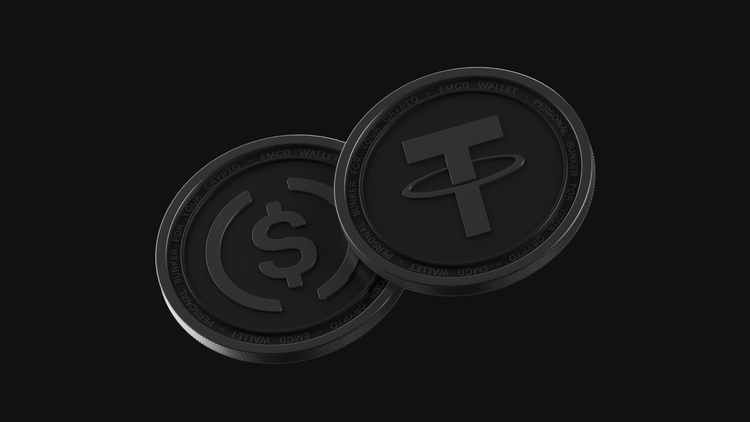Coinhold vs Staking: What’s the Real Difference?

When it comes to earning on digital assets, users often compare coinhold vs staking. Both methods let balances grow over time — but the way they work, the risks involved, and the level of control users keep are completely different. Understanding these nuances helps make smarter cryptocurrency decisions without locking funds or taking unnecessary risks.
What is Coinhold
Coinhold is part of the EMCD ecosystem — a non-custodial crypto tool that helps users receive daily rewards on supported coins. Funds remain in the user’s own wallet, and the platform credits results automatically based on the chosen plan. Coinhold offers flexible and fixed-term options with transparent conditions and up to 14% annual rewards, making it simple for both beginners and experienced users to keep their cryptocurrency active.
Unlike staking, Coinhold doesn’t require running a node, freezing tokens, or understanding blockchain protocols. Users just top up, choose a plan, and can withdraw or reallocate funds at any time under flexible terms.
What is staking
Staking means locking cryptocurrency on a blockchain network to support its operation and receive protocol rewards. It’s common for coins like Ethereum, Solana, or Avalanche. The process helps validate transactions and maintain network security. However, staking usually involves long lock-up periods and technical setup — from delegating assets to running validator nodes. Returns depend on network performance, validator reliability, and market volatility.
Key differences between Coinhold and staking
| Feature | Coinhold | Staking |
| Control | Funds remain accessible in the user’s wallet | Assets are locked in protocol contracts |
| Complexity | Simple setup via EMCD app | Requires validator delegation or node operation |
| Liquidity | High — can be withdrawn under flexible terms | Limited — funds often frozen for 7–30 days |
| Source of rewards | Platform-based crypto reserves | Blockchain network incentives |
| Accessibility | Available to all EMCD users | Depends on coin and protocol support |
Yields and withdrawal conditions
Coinhold provides rewards daily, with no need to manage blockchain settings or validators. In staking, yields vary depending on network inflation and validator uptime — and unstaking periods can last from several days to weeks. For users who value liquidity in crypto savings vs staking, Coinhold offers a more flexible balance between reward potential and accessibility.
Ease of use and technical requirements
Coinhold can be managed entirely through the EMCD Wallet. No scripts, no node setup, no specialized equipment — everything works automatically. Staking, on the other hand, can be technical and may require additional software or delegation to a third-party validator. Beginners often prefer Coinhold for its simplicity and transparency when managing their cryptocurrency.
Risks and limitations of each approach
Every method has its risks. In staking, users face protocol slashing, validator failures, or token price fluctuations — the main risks of staking cryptocurrency. Coinhold eliminates technical risks but remains tied to overall market volatility. EMCD reduces operational exposure through multi-level protection, AML checks, and seven years of zero-hack reliability.
Who Coinhold is best for vs who should choose staking
Coinhold suits users who prefer flexibility, daily results, and full control of assets. It’s ideal for those who want to maximize liquidity in their savings without handling complex blockchain setups.
Staking may fit more advanced users who wish to support a specific blockchain network directly or seek long-term participation in its ecosystem.
Final comparison and recommendations
Choosing between Coinhold and staking depends on what matters most: control or contribution.
If the goal is to keep assets active, liquid, and easy to manage, Coinhold offers a practical solution within a secure ecosystem.
If supporting blockchain governance and earning protocol rewards is the priority, staking remains a valuable alternative.
In 2025, both approaches can coexist — but Coinhold proves that simplicity and transparency can outperform complexity when it comes to building consistent results within cryptocurrency savings.
FAQ
What is the difference between Coinhold and staking?
Coinhold works through EMCD’s platform without locking assets, while staking requires locking tokens on a blockchain network.
What risks does Coinhold have compared to staking?
Coinhold avoids validator or protocol risks but remains subject to general market conditions.
Can I withdraw funds anytime from Coinhold and from staking?
Yes, Coinhold allows flexible withdrawal options. In staking, funds are usually frozen until the unbonding period ends.
Which offers higher yields: Coinhold or staking?
Yields vary by asset, but Coinhold often provides higher effective rates due to compounding and platform optimization.
Which cryptocurrencies are best suited for Coinhold and which for staking?
Stablecoins and top assets like BTC, ETH, and USDT fit Coinhold. Native tokens like SOL or AVAX are used in staking.
What should beginners choose: Coinhold or staking?
Beginners generally start with Coinhold — it’s simpler, faster, and doesn’t require blockchain expertise.




